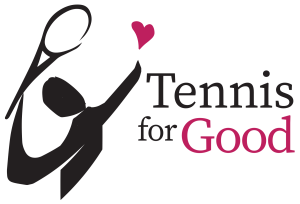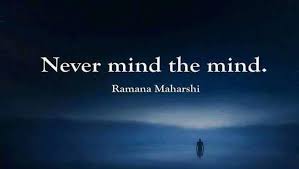 In past meditations, I’ve written about the all-important moment of not-knowing. This is when we’ve set up to hit our shot and have committed to our swing. Will it succeed or will it fail? Will the gods smile when we find out how we’ve done? Also: How do we respond emotionally to that plunge into uncertainty? Do we get overcautious and try to control the outcome? Do we falter in the opposite direction, say “what the hell” to ourselves, and just go for broke?
In past meditations, I’ve written about the all-important moment of not-knowing. This is when we’ve set up to hit our shot and have committed to our swing. Will it succeed or will it fail? Will the gods smile when we find out how we’ve done? Also: How do we respond emotionally to that plunge into uncertainty? Do we get overcautious and try to control the outcome? Do we falter in the opposite direction, say “what the hell” to ourselves, and just go for broke?
There are better and worse ways to approach the moment of not-knowing. If we take a deep dive into why this is, I believe we come out here: We are wired to be binary. An event can produce a positive reaction, and it can produce a negative reaction. This is why we get so invested in the outcome. We want to feel good, not bad, when it’s done.
The less invested we are in the outcome, the easier it becomes to be present and to execute as well as we possibly can. When we’re non-attached, hopes and fears don’t get in the way. “No appointments, no disappointments,” as the spiritual teacher Muktananda used to say. But how do we get there? How do we achieve this equanimity?
My answer for today is: From on high. Our binary processing tracks back all the way to survival essentials. ‘Feels good’ means our needs will be met. It means we’ll get to eat and live for another day. ‘Feels bad’ means the opposite. It means — cue the anxiety! — we won’t eat. No, we’ll get eaten by that big-shouldered critter across the net!
Climb up the ladder, slip through the wormhole, and that silly, simple shot you’re facing translates into nothing less than: Light versus dark. Good versus evil. And, even more to the point: Life versus death.
So how do we find our way to being okay with the prospect of death? It’s a hard nut to crack, to be sure, but the sages have done it, and you and I can do it too, even if we don’t subscribe to a convenient heaven-ever-after worldview, which certainly makes it a lot easier.
In a prior meditation (“One Paradox to Rule Them All”), I wrote about how more and more terminally ill people are taking big doses of magic mushrooms in a supervised setting to help them deal with their imminent passing. Typically, this takes them to a place where they’re deeply okay with dying. There’s a mystery beyond what our minds can process. Magic mushrooms give us a glimpse of that Mystery, and that glimpse tells us: There is only good.
Things aren’t binary, in other words. All that’s a grand con, a cosmic ‘gotcha’ game. The entire contest — good versus bad, life versus death — is a fiction. An illusion.
Our tennis game thrives on equanimity. We self-destruct when we get rattled. Thus, the converse also obtains: If there’s no getting rattled, there’s no self-destruction. How do we get there? By climbing back down through the wormhole.
If death is okay, then all as-if deaths are also okay.
I’ve always viewed the New Age expression “it’s all good” as a cocktail-party way to spiritual virtue-signal. Behind that, though, it’s profoundly true and it’s also truly profound. I’m going to keep saying something to myself, and I’ll keep saying it until it finally sticks: You know what, Carl? It really is all good.
How do you handle not-knowing? How good are you at equanimity when you play tennis and, more importantly, when you play the game of life?
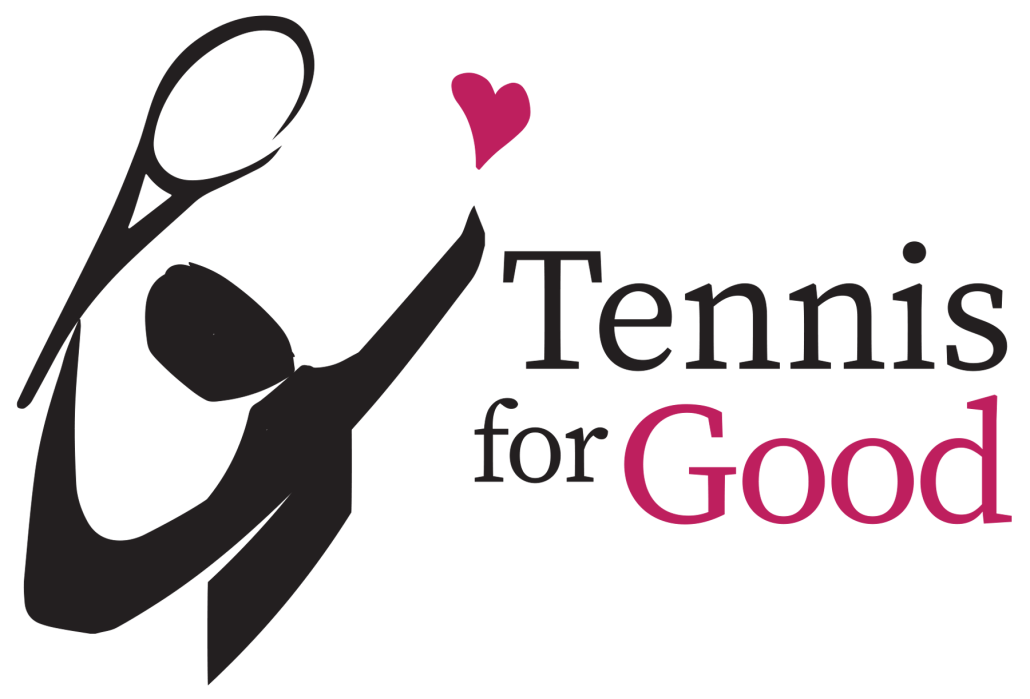
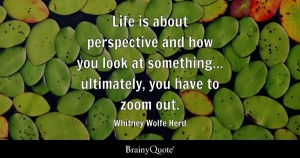 You‘re playing a match that you’ve gone into with a clear strategy. The competition sucks you in and when you emerge from the vortex, you realize that as things got hotter, you totally forgot about your strategy.
You‘re playing a match that you’ve gone into with a clear strategy. The competition sucks you in and when you emerge from the vortex, you realize that as things got hotter, you totally forgot about your strategy.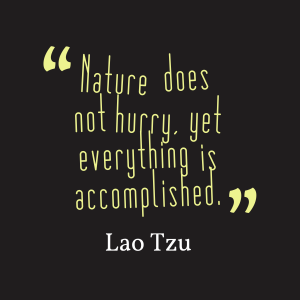 ‘Micro-tennis?’ Micro-tennis????
‘Micro-tennis?’ Micro-tennis????